
We independently review everything we recommend. When you buy through our links, we may earn a commission.
Everything about how to start running, from training tips to gear tips
We give you the truth about starting running (and it’s easier than you think)
It’s not as hard as you think
The thing about starting to run is it’s so easy, a major global shoe company already trademarked the best advice for beginners: Just do it. Running, at its most basic, is just a series of forward hops from one leg to the other. If you can do that, you’re a runner. But to stick with running, to make it a habit—that requires a little more thought. Understanding a few basics of training will make running feel better and—eventually—easier.
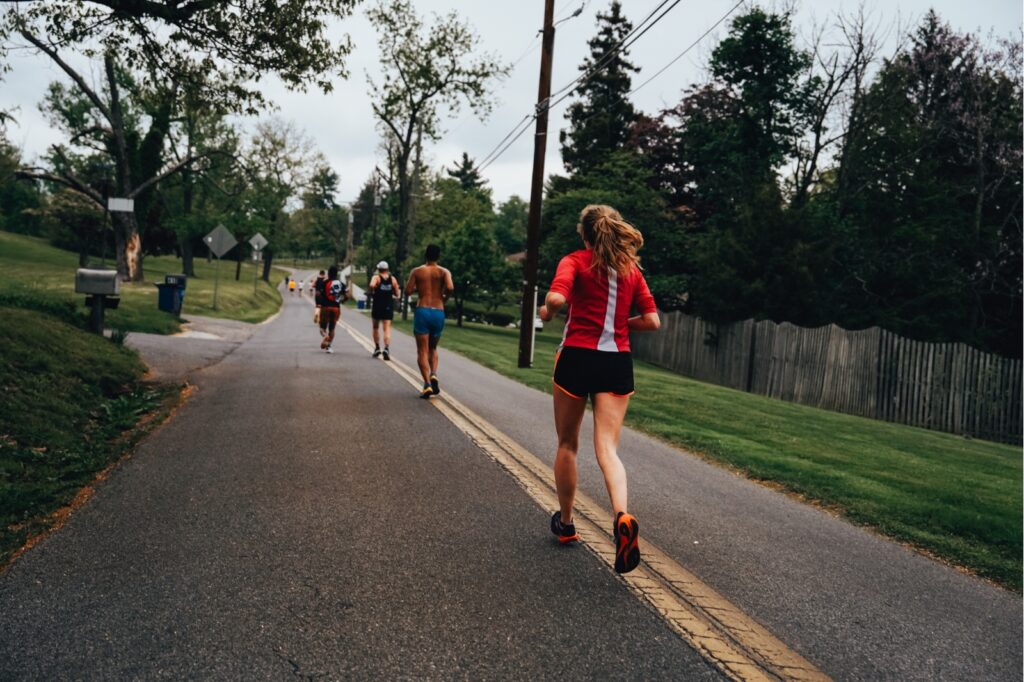
Soon, you will enjoy this
The main reason new runners hate running: They’re running too fast. You should not feel like you left your soul on the sidewalk every time you run. After all, who wants to stick with a new habit when it leaves you sweaty and wheezing within the first five minutes? Slow down. During easy running, you should be able to hold a conversation, and if at any point you’re completely out of breath, that’s a sign that you’re probably moving too fast.
Once running easy starts to come naturally, then you can start working on getting faster. But your weekly mileage should still consist of 80 percent easy running and only 20 percent hard workouts.
When a group of club runners followed the 80/20 rule compared to a group who stuck to a 50/50 split of hard and easy running (which is what most runners do), they improved their 10K time by 5% compared to 3.6%, research in the International Journal of Sports Physiology and Performance determined. Moral of the story: Going too hard too often will burn you out, and worse– you’ll inevitably get injured because your body is never able to truly recover. You may see some short spurts of progress to start, but you’ll quickly find yourself in a cycle of injury and rehabilitation if the pedal is always to the metal—and you won’t see the kind of progress you want.

Easier is always better
If you’re starting from zero—as in, you haven’t run since you were forced to do a mile in gym class—the best way to start is with the walk/run method. Here’s how it works: First, you run for a short time period, then you take a walk break, and then repeat. Pretty simple, right? This strategy has been used since Olympian and coach Jeff Galloway popularized it in the 1970s, and runners still use it for every distance from one mile to the marathon.
Start out by alternating one minute of running and two minutes of walking for 20 minutes (or whatever feels comfortable to you). Once that becomes easy, increase the amount of time spent running and decrease the amount of time spent walking with every workout until you’re running continuously. Those interval times are totally customizable to your fitness level, which is what makes it so great for beginner runners.
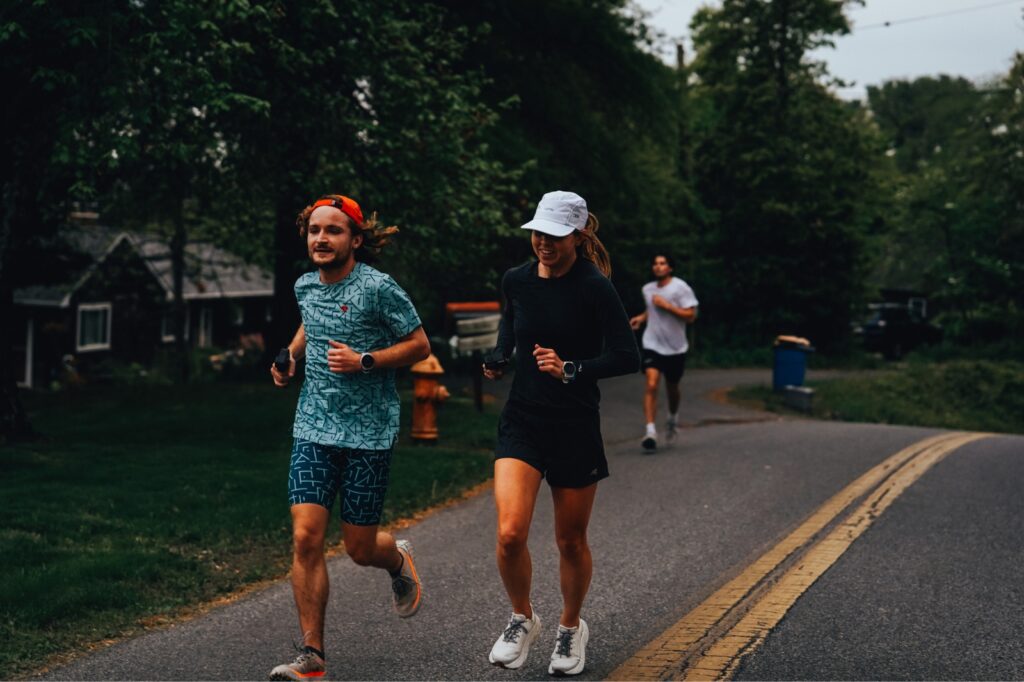
Keep it easy, keep it light
One of the best ways to keep your easy running truly easy is to run by time instead of focusing on distance. As a beginner runner, your main goal is to increase the amount of time you spend on your feet. It can be a lot easier to wrap your head around 10 minutes compared to one mile, or thirty minutes rather than three miles.
Plus, running is inherently a numbers game. Focusing on the number of minutes rather than miles eliminates the pressure around how far you go or how fast you run. In the age of Strava and social media comparison, people get caught up in the idea that not running at least a certain distance doesn’t count as a “real” workout, or that their pace is too slow compared to what “real” runners run. That’s not a thing. Everyone’s running journey is totally different. And trust me—literally nobody cares what your Strava shows; they’re too obsessed with what people are thinking about their workouts to give a moment’s thought to yours.
People talk about the runner’s high you get from running, and it’s no joke. Once you realize you actually enjoy this sport, it’s tempting to want to run more and run faster ASAP—but progressing as a runner requires patience. Increasing your mileage or frequency too quickly is a receipt for injuries.
You might hear runners reference the 10 percent rule—increasing your distance (or pace) by no more than 10 percent each week—but that’s kind of a myth. Runners who increased their training load by up to 50 percent per week experienced almost the exact same injury rates as runners who followed the 10-percent rule did, according to one study from the University of Groningen in the Netherlands, and novice runners who averaged 20 to 25 percent weekly increases avoided injuries, study at Aarhus University in Denmark found.
Point being, there’s no hard and fast rule for increasing mileage, except for this:: Listen to your body. (Though we don’t recommend going from 5 miles a week to a marathon, unless you really, really love pain and suffering.)
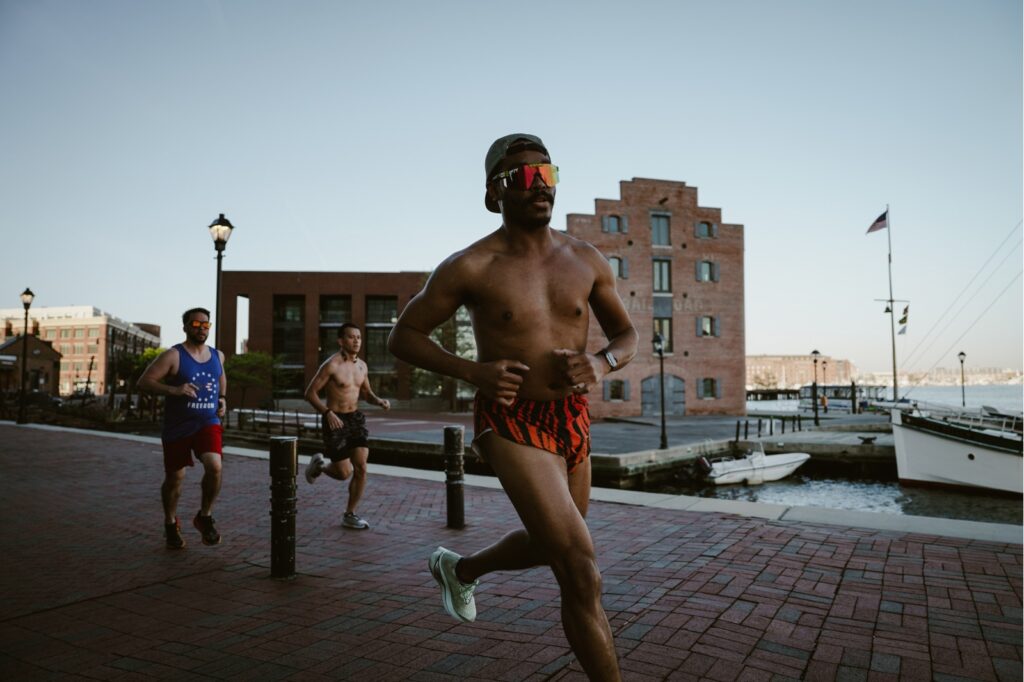
Look good, feel good
When it comes to running shoes, ignore your friends’ recommendations or social media hype and marketing speak. And please, please don’t try and sift through the hundreds of “running” shoes online — Nike or Adidas or Amazon may put them in the running bucket, but we can guarantee that half the “running shoes” out there are anything but.
The best thing to do if you’re new to running shoes is to head to your local running store to have someone watch you run and recommend shoes that might work for you. Then try them out! The most important feature to consider in running shoes is whether you feel comfortable in them. The good news is that many running stores offer a full refund or store credit if you’re not happy with your shoes.
But that pair of Asics Gel-Nimbus 14 that has your toes peeking and through and your socks getting wet through the hole in the outsole? Yeah, those have to go. You got your money’s worth, and your friendly neighborhood physical therapist is going to get their money’s worth if you don’t upgrade your footwear.
We’d also recommend checking out the reviews on this site or using our shoe finder since we’ve run in pretty much everything out there and always do our best to point you in the right direction. Otherwise, a few strategic pieces — think: sweat-wicking tops and shorts, socks that don’t rub, any basic running watch, a pair of headphones if you like listening to music or podcasts for motivation — can help you run more comfortably, which ensures you’ll stick with it. It all can add up quickly, especially during the honeymoon phase of running, but, yes, it is possible to run on a budget.
By far, one of the best benefits about running is the people you meet and the friends you pick up along the way. Whether it’s a neighbor who likes to get a handful of miles during the week or a group long run with from your local running store, there’s nothing better than being an actual party of the running community. Some of my best friends have come from running and I know quite a few people who have even found their life partners through the sport.
If you’re trying to find company, the good news is that running groups have exploded in popularity over the last several years and you can almost always find one that fits your personality (especially if you live in a major city). Ask someone at your local running store or check local Facebook groups to see what’s around.
Trust us when we say that the miles fly by when you’re engaged in a good conversation (yes, you can and should be able to talk while running).
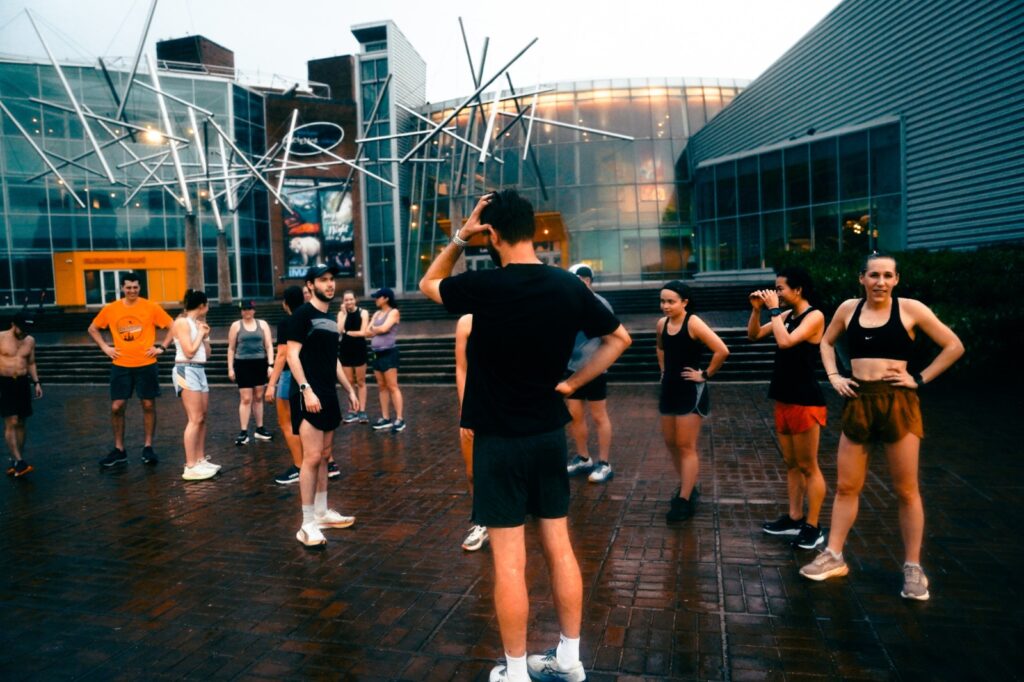
Running with friends is always better
Yes, paying for a coach can be an investment, but unlike all those crypto coins and NFTs that your cousin told you are the future, it’s the kind of investment that pays off. For one, a certified coach is a qualified expert in their field who can give you way more personalized advice than that random runfluencer on Instagram.
They can also create a customized training plan for you that incorporates the right amount of running for your current fitness level—along with the proper mix of cross training, recovery, and more—and can help you safely progress as a runner. Most importantly, a coach can help you adjust your training around everything else going on in your life when you need to. It’s more efficient than trying to learn everything yourself and it’s cheaper than all those physical therapy bills you’ll rack up with the free plan you found on Google.
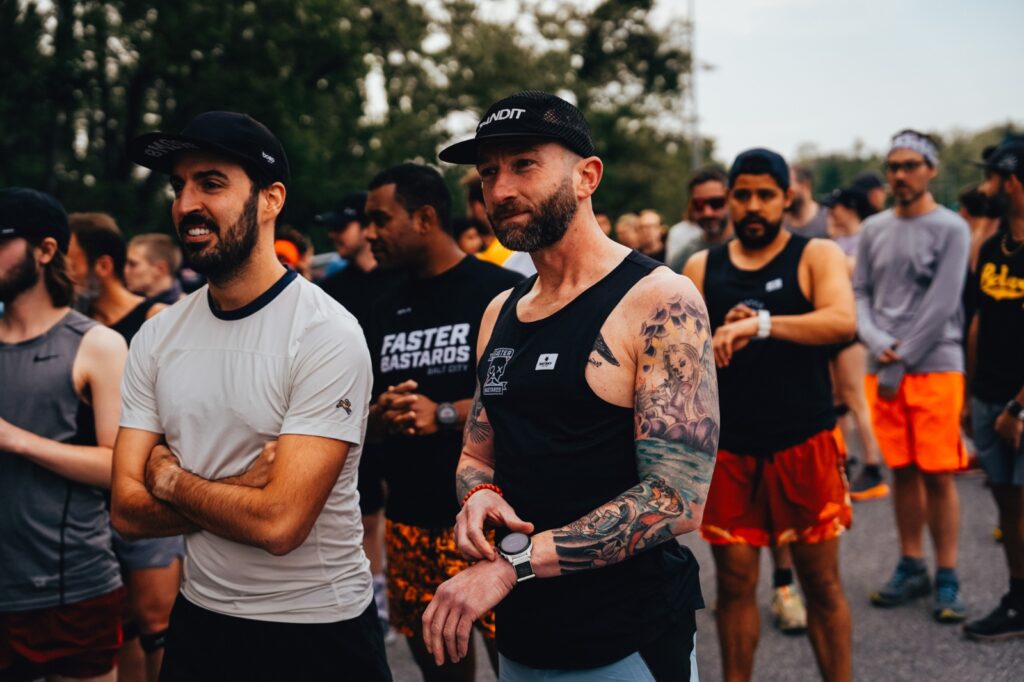
Ready for a group run
Running doesn’t have to be hard. There are plenty of resources out there to help you in your journey, whether it’s podcasts (like our nutrition-based Fuel for the Sole), books, or articles like this. We’ve all been there, and know it can be a bit overwhelming at first. But if you give yourself the patience it requires to embrace a new habit and are willing to be a student of the sport, you’ll likely be surprised by how much you get back once it sticks.
Question or comments on starting out? Leave them below and we’ll do our best to get back to you!
Have something to say? Leave a Comment

Ashley is an award-winning journalist and editor whose work has appeared in The Wall Street Journal, TIME, Runner’s World, Women’s Running, Men’s Journal, Health, Women’s Health, Bicycling, and more. She’s also an RRCA- and UESCA-certified running coach based in Denver. Her main goal—through writing and coaching—is to make running accessible for everyone, because no matter how fast you are, we’re all just doing this for fun.
More from Ashley
Outstanding article. I started my running journey almost a year ago and I agree with your post. I found a local coach in March of this year which has kept me injury free by everything prescribed in her training plan. Thank you for such a great article.